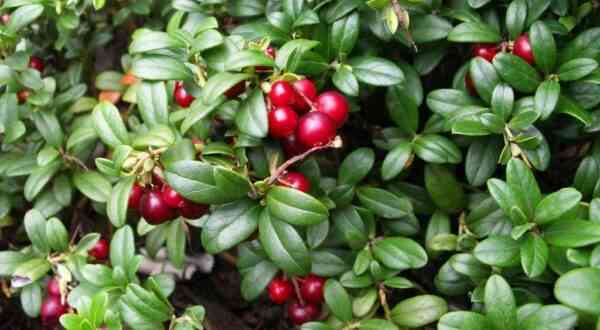The most delicious lingonberry is also distinguished by the fact that it is very useful for the body. In moderation, of course – even vitamins can be harmful if you do not follow the measure. It grows mainly in a temperate climate.
Interesting facts about lingonberries
- Under normal conditions, the height of the shoots of this plant never exceeds a couple of tens of centimeters, preferring to spread along the grass.
- At the same time, lingonberry shoots can grow through rotten stumps, and in this case they can rise up to a meter above the surface.
- Lingonberry is a real long-lived plant. One plant can easily live 200-300 years.
- Flowering of this plant lasts no more than two weeks.
- If lingonberries are not harvested, they will become soft and pliable, but they can still usually be eaten even in spring. Most berries successfully survive the winter.
- In folk medicine, these berries are traditionally used to treat kidney stones and pulmonary tuberculosis.
- In ancient times, a decoction of lingonberries was used as a remedy for fever.
- This plant is valuable not only for its berries, but also for its leaves – they are used in the production of antiseptics.
- Sweden is famous for lingonberry jam. In this country, lingonberries are one of the most popular and widespread berries.
- Breeders have tried to cultivate lingonberries for several centuries, but achieved success only in the last century.
- Many birds willingly feast on lingonberry berries, but their digestive tract is not able to digest the seeds of this berry. In this way, this plant spreads – intact seeds fall on new soil along with bird droppings (interesting facts about birds).
- Outwardly, lingonberries are almost indistinguishable from another berry – bearberry.
- Cowberry juice has been prepared centuries ago. So, he is mentioned in Pushkin’s “Eugene Onegin”, however, under the name “lingonberry water”.
